Mitsubishi A6M5 Reisen Zero Japan Air Force
Production Time 9 to 10 weeks
Shipment is by FedEx, UPS or DHL International Express Courier with a normal door-to-door delivery time worldwide of within 2-3 business days after dispatch. Due to the current volatility of world fuel prices, the amount mentioned here is our best estimate for DHL and UPS and may be subject to change at the time of shipping.

Model Description: Mitsubishi A6M5 Reisen Zero Japan Air Force Wood Replica Scale Custom Model Aircraft
Manufacturer: Mitsubishi
Wingspan: 17 Inches (43.2 Centimeters)
Height: 4.3 Inches (10.9 Centimeters)
Scale: 1:28
Registration: 61-120
$239.50
Production Time 9 to 10 weeks
-
United States dollar ($)
-
Pound sterling (£)
-
Euro (€)
-
Australian dollar ($)
-
Canadian dollar ($)
-
Singapore dollar ($)
-
Swiss franc (CHF)
-
Japanese yen (¥)
-
Danish krone (kr.)
-
Hong Kong dollar ($)
-
Norwegian krone (kr)
-
Swedish krona (kr)
-
United Arab Emirates dirham (د.إ)
General Product Description
Our PlaneArts Mitsubishi A6M5 Reisen Zero Japan Air Force model exhibits unique, unrivaled quality and detailed design to come as close as possible to the accuracy of the actual plane. It comes as standard with a robust, durable base or stand which is available in a variety of different finishes designed to match your own personal requirements including solid wood, wood with polished metal supports or adjustable wood wall mount and will be ready within about 9-10 weeks from placement of order.
The Mitsubishi A6M5 Reisen Zero Japan Air Force model is made of the finest kiln dried renewable mahogany wood (commonly known as Lauan or Meranti) which has undergone many stages of carving and meticulous and careful sanding giving the beautiful, finished museum quality masterpiece. Many collectors and model connoisseurs demonstrate their preference for genuine handmade and hand painted mahogany wood models rather than plastic or die cast (diecast) alternatives due to the overall look and totally different feel of the item - we trust you will find the same. We can however, if required produce the same model in Solid Cast Resin so just click and contact us for further information. Our craftsmen and gifted artisans ensure that our finely handcrafted model airplanes match the precise blueprint details of the original aircraft. The paint scheme, markings and parts are closely matched, reflecting the original aircraft. This stylish top-quality desktop replica model will surely enthrall anyone who receives this as a gift and for sure one of the most appropriate and desirably collectable gifts for any military aviation enthusiast and avid aircraft collector whilst also displaying a perfect resemblance to the actual real life version.
There are many types of military propeller aircraft, but the basic types are bombers, fighters, fighter bombers, spotter planes, transporters, patrol aircraft, trainers, and reconnaissance and observation aircraft. All these types of aircraft are used for different types of missions. If you're a fan of historic or present-day military aviation, our model aircraft will bring the excitement and character of these aircraft right into your own home. You can order a wood airplane model of a North American B-25 Mitchell Bomber, a B17 - Flying Fortress, or a P-51 Mustang Nervous Energy V not forgetting the Bf 109, Spitfire, FW 190, A6M Zero, P-38 and F4U. These classic, propeller airplane models are of the highest quality. Each is individually crafted by our expert craftsmen. They produce handmade scale mahogany airplane models of the finest aircraft from World War I and II to present day biplanes and triplanes.
If you require, we can also make the Mitsubishi A6M5 Reisen Zero Japan Air Force model in any other military, government or even private livery or colour scheme you require and if necessary, in a different size or scale. Just click here to contact us with a description or photographs of what you require, and we will let you have a quotation for the necessary customization by return email. We can also make bespoke scale replicas of any other private / civil commercial airliner or airliners, helicopter, glider, gliders with engines, military jet, warplane jets, biplane, triplane, tail fin, spacecraft, rocket or NASA model you require in any airline, military or civilian livery or colors. We also produce model airships, blimps, dirigibles, blimps, boats, and ship collectibles. Wall plaque or seal for military, government or private customers. Again, by clicking here to contact us just let us know exactly what you need.
The Mitsubishi A6M5 Reisen Zero: An Icon of Japan’s Air Force in World War II
The Mitsubishi A6M5 Reisen, commonly known as the “Zero,” stands as one of the most iconic aircraft of the Second World War. Developed by Mitsubishi Aircraft Company for the Imperial Japanese Navy, the A6M Zero was primarily designed as a carrier-based fighter. Its introduction in 1940 brought a new era of aerial combat due to its exceptional maneuverability and range, which were unmatched by its contemporaries. This article delves into the history, design, and impact of the A6M5 variant of the Zero, which represented the apex of its development during the conflict.
Development and Design:
The original A6M Zero was conceived in response to a 1937 Japanese Navy requirement for a superior fighter that combined exceptional maneuverability and very long-range capabilities. Engineer Jiro Horikoshi led the design team, and their efforts culminated in an aircraft that was light, agile, and capable of long-distance operations, which was a rarity at the time.
By the time the A6M5 model was introduced in 1943, the landscape of aerial warfare had shifted significantly. The Allies had introduced more powerful and better-armored aircraft into the Pacific Theater, necessitating an update to the Zero’s design to maintain its competitiveness. The A6M5 featured several significant upgrades over its predecessors:
- Improved Powerplant: The A6M5 was equipped with a more powerful Nakajima Sakae 21 engine, providing higher top speed and better climbing performance.
- Armament Enhancements: The armament was upgraded to two 20 mm Type 99 cannon and two 7.7 mm Type 97 machine guns, allowing it to pack a more formidable punch in combat.
- Structural Reinforcements: The airframe and wings were strengthened to withstand higher-speed maneuvers and combat damage, enhancing durability.
- Aerodynamic Refinements: Modifications included a shorter, clipped wing design to improve roll rate and handling characteristics.
Operational History:
The A6M5 Zero quickly became the mainstay of Japan’s carrier-based and land-based fighter forces. Its first combat sorties revealed that while it was no longer invincible against newer enemy fighters like the American F6F Hellcat and the F4U Corsair, in the hands of a skilled pilot, it remained a deadly adversary. The A6M5 participated in major air battles including the Philippine Sea and Leyte Gulf, where it served both as a fighter and, increasingly, in a desperate new role as a kamikaze aircraft.
The effectiveness of the A6M5, however, waned as the war progressed. Despite its enhancements, the aircraft suffered from vulnerabilities such as relatively light armor and the absence of self-sealing fuel tanks, which made it susceptible to battle damage. Moreover, the advancing technology and tactics of Allied pilots eventually overshadowed the capabilities of the Zero.
Legacy:
The Mitsubishi A6M5 Reisen Zero is remembered not only for its technological innovations and combat prowess but also for its significant role in shaping aerial combat in the Pacific during World War II. It highlighted the importance of air superiority and influenced subsequent designs of fighter aircraft in the post-war era.
Today, the Zero is a prominent feature in numerous war museums around the world and continues to be a subject of study for military historians and aviation enthusiasts alike. Its legacy is a testament to the ingenuity and skills of its creators and the pilots who flew it into the annals of military history.
| Weight | 6 kg |
|---|---|
| Dimensions | 12.9 × 17 × 4.3 in |
Be the first to review “Mitsubishi A6M5 Reisen Zero Japan Air Force” Cancel reply
Similar Models
Private & Civilian
Military Airplanes - Jet
Military Airplanes - Jet
Military Airplanes - Propeller
Private & Civilian
Military Airplanes - Jet
Private & Civilian
Private & Civilian
Private & Civilian
Private & Civilian
Private & Civilian
Private & Civilian

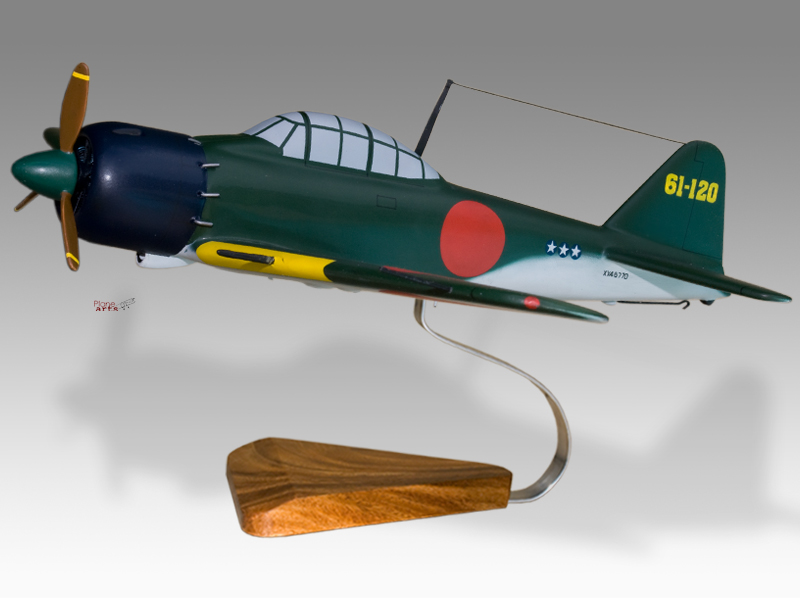


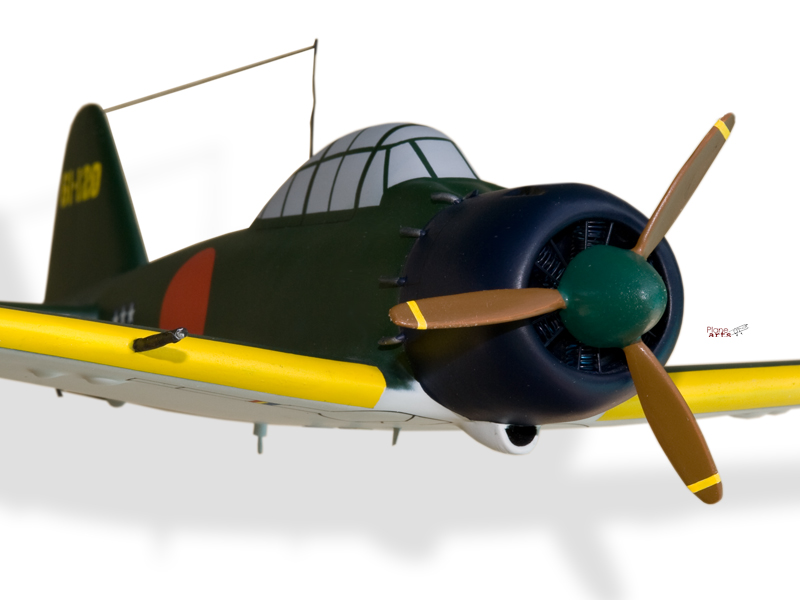
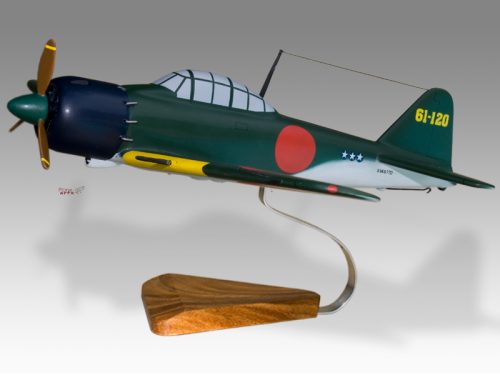
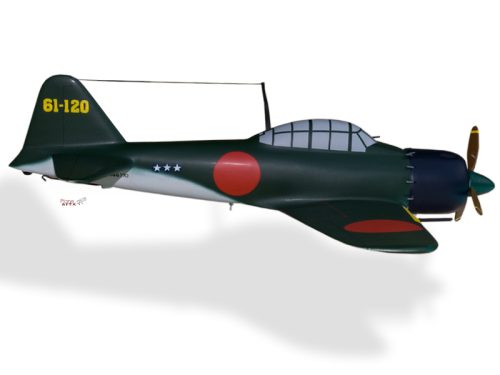




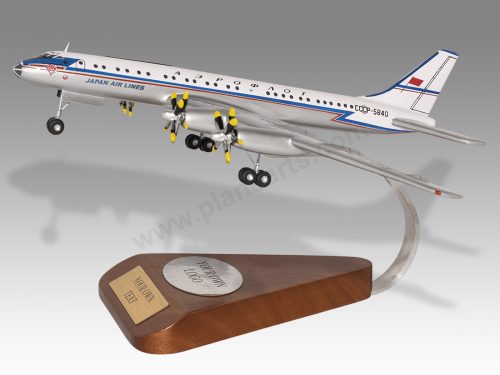
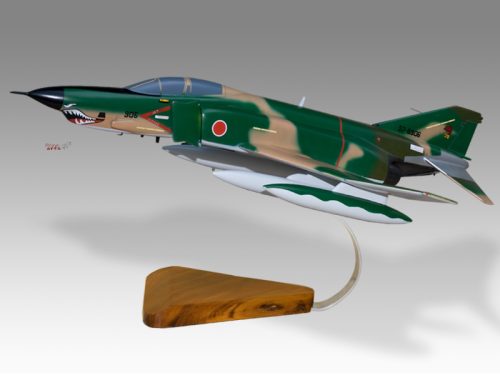
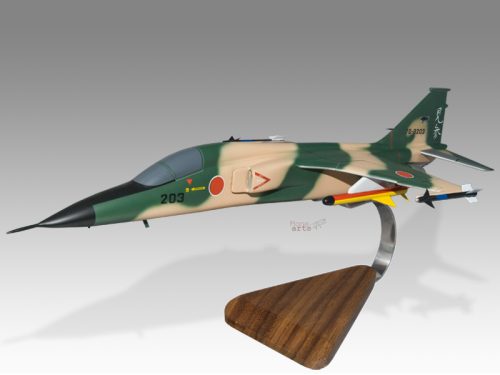
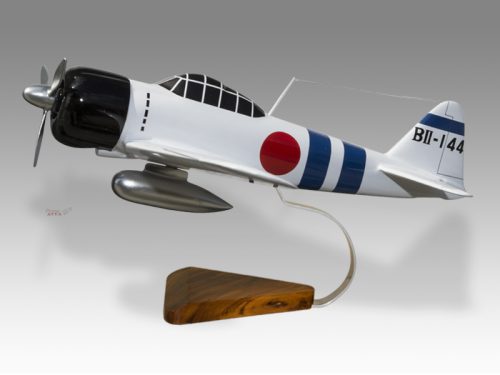

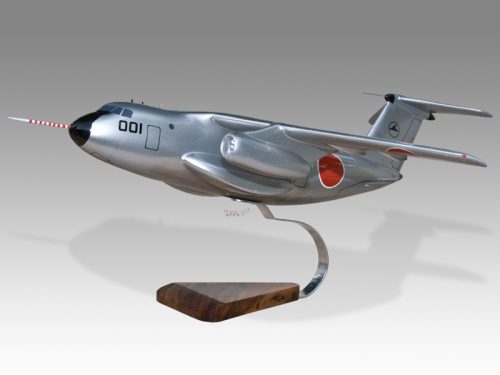



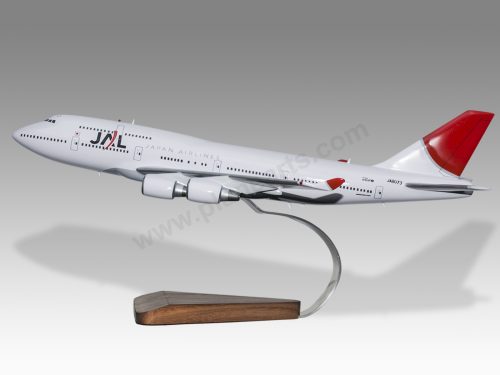
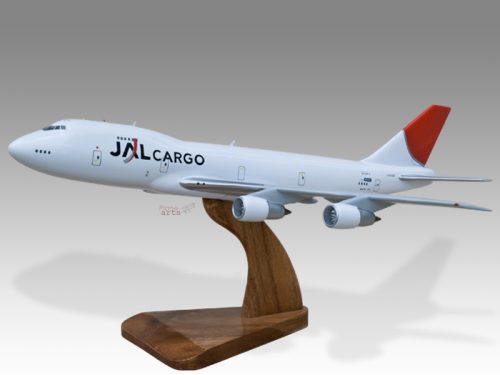
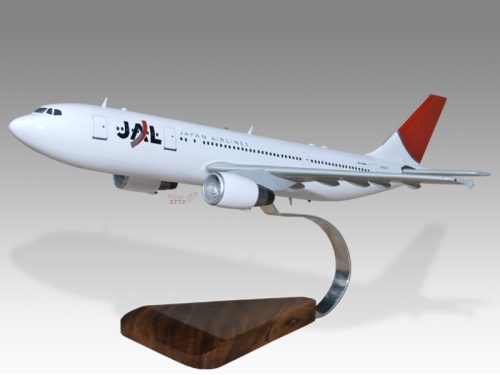
Reviews
There are no reviews yet.